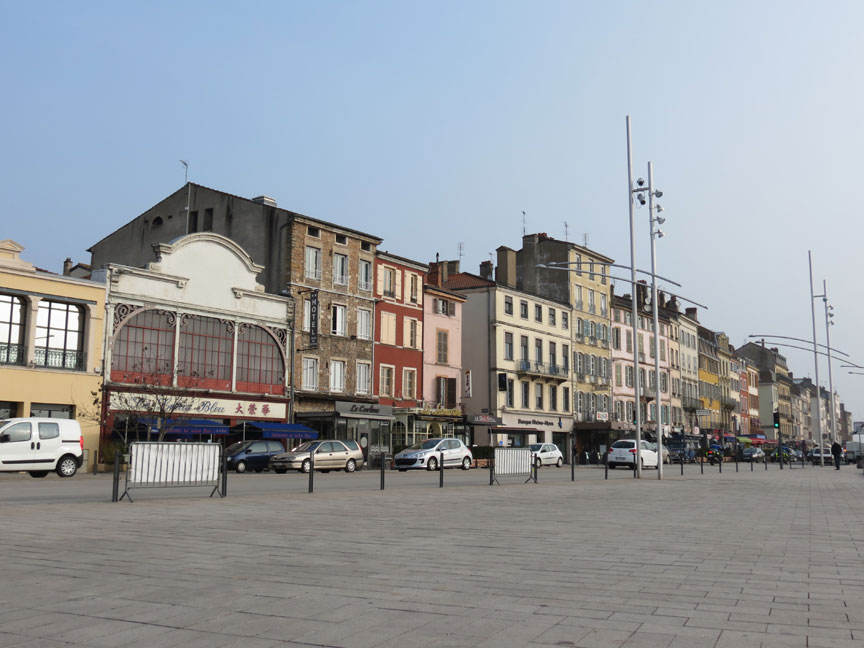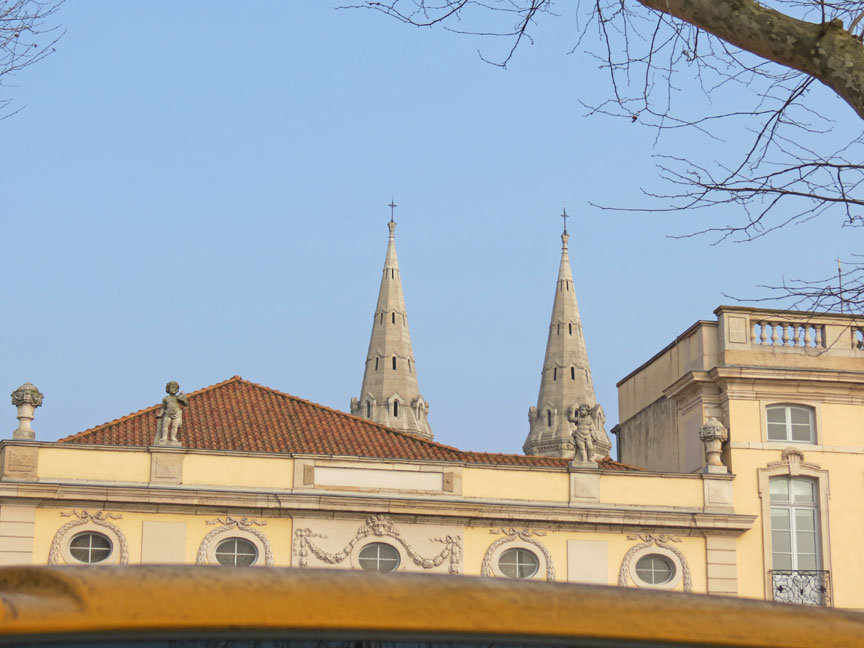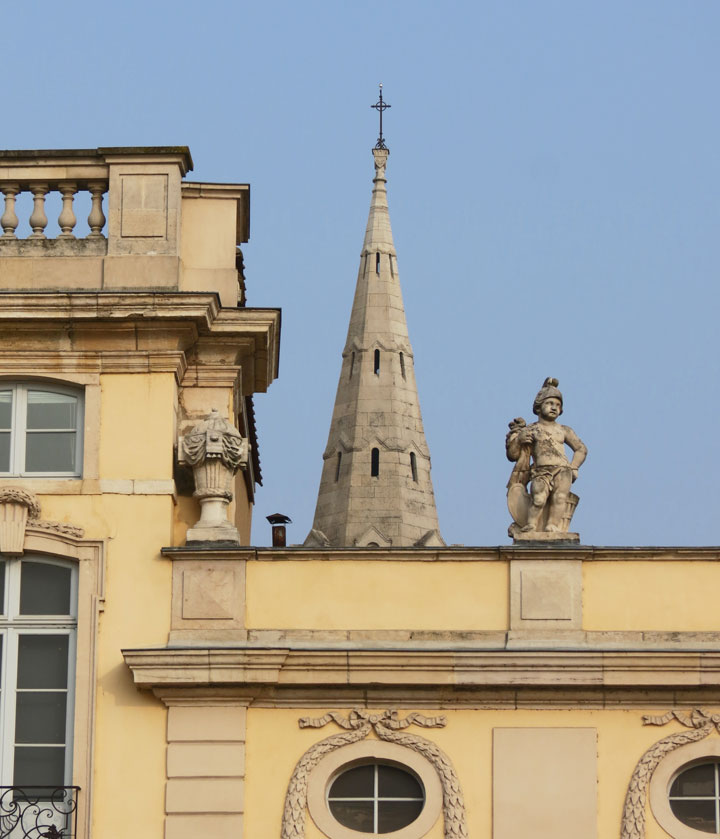

Mâcon
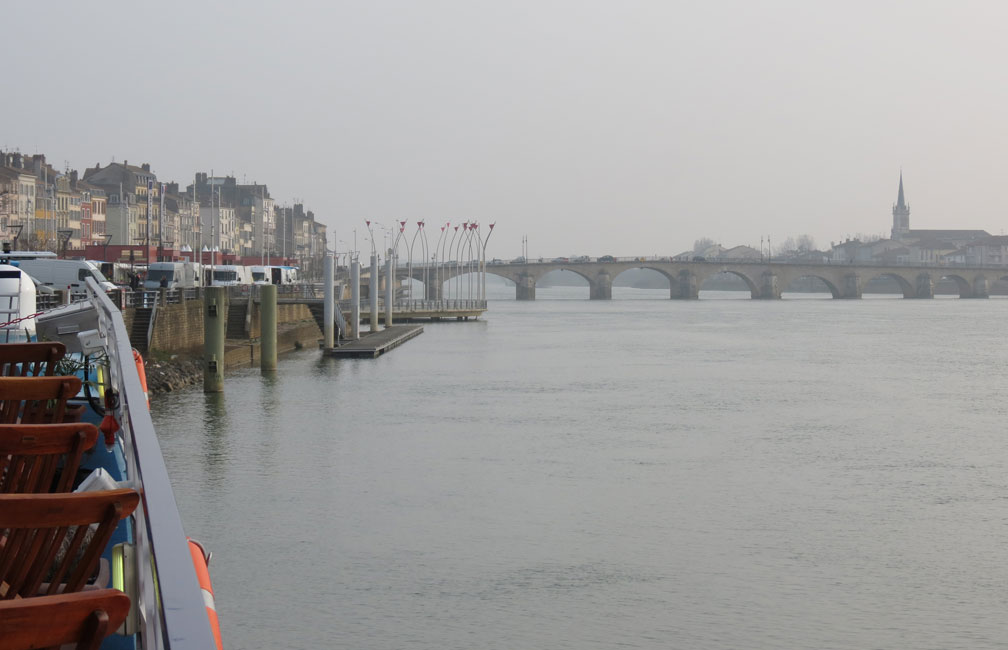
Mâcon
Mâcon is a small city (commune) in central France. It is prefecture of the Saône-et-Loire department, in the region of Bourgogne, and the capital of the Mâconnais district. Mâcon is home to over 35,000 residents, called Mâconnais.
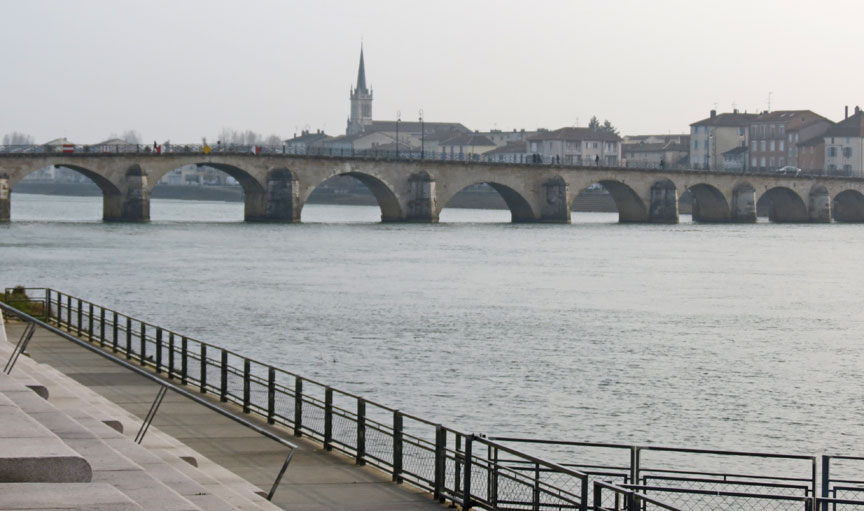
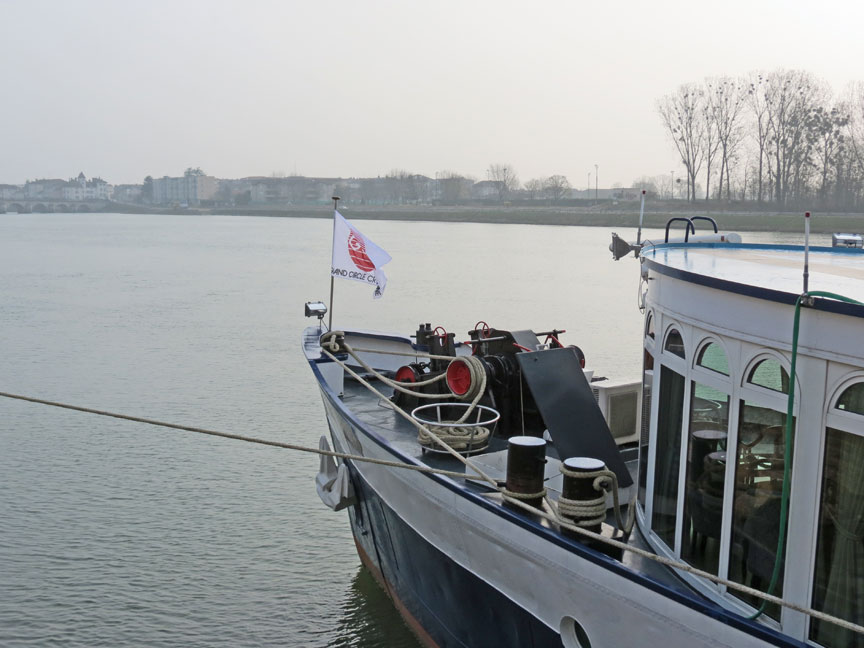
arriving on Grand Circle Lines tourist ship
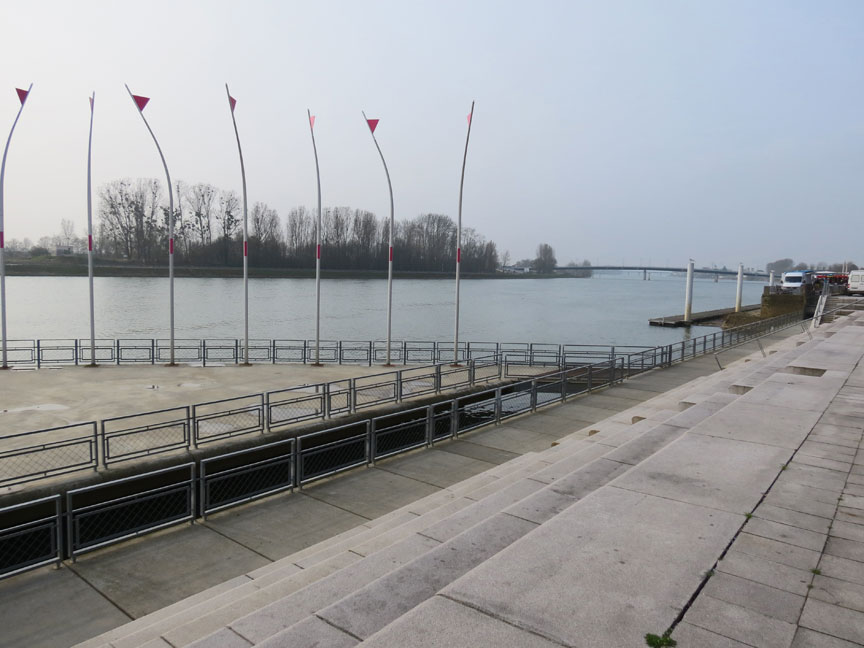
The city lies on the western bank of the Saône river, between Bresse in the East and the Beaujolais hills in the South. Mâcon is the southernmost city in the region of Burgundy. It is located 65 kilometres north of Lyon and 400 kilometres from Paris.
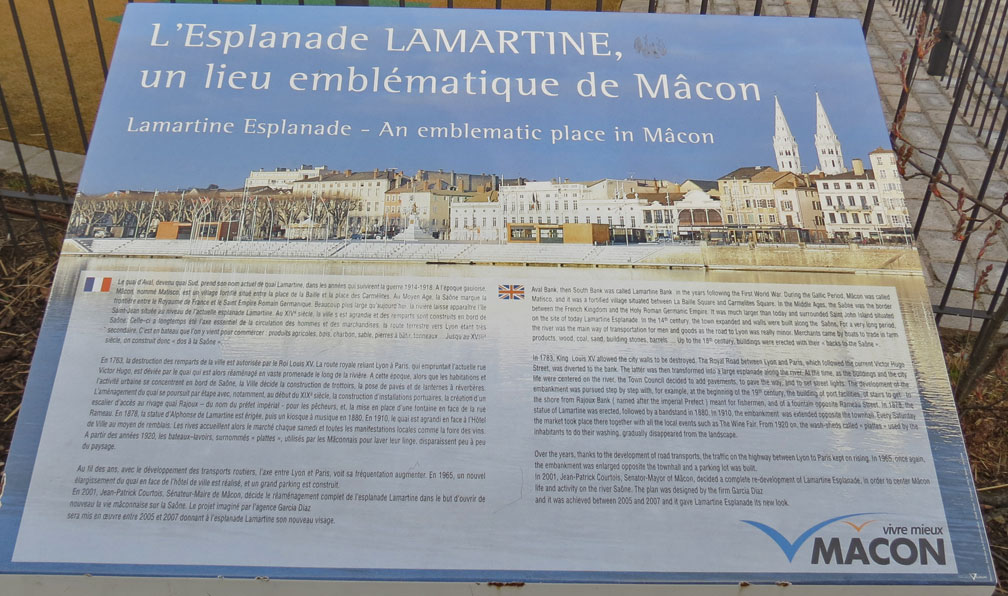
The Saône river runs through the town. The climate is temperate with a slight
continental tendency.
Climate
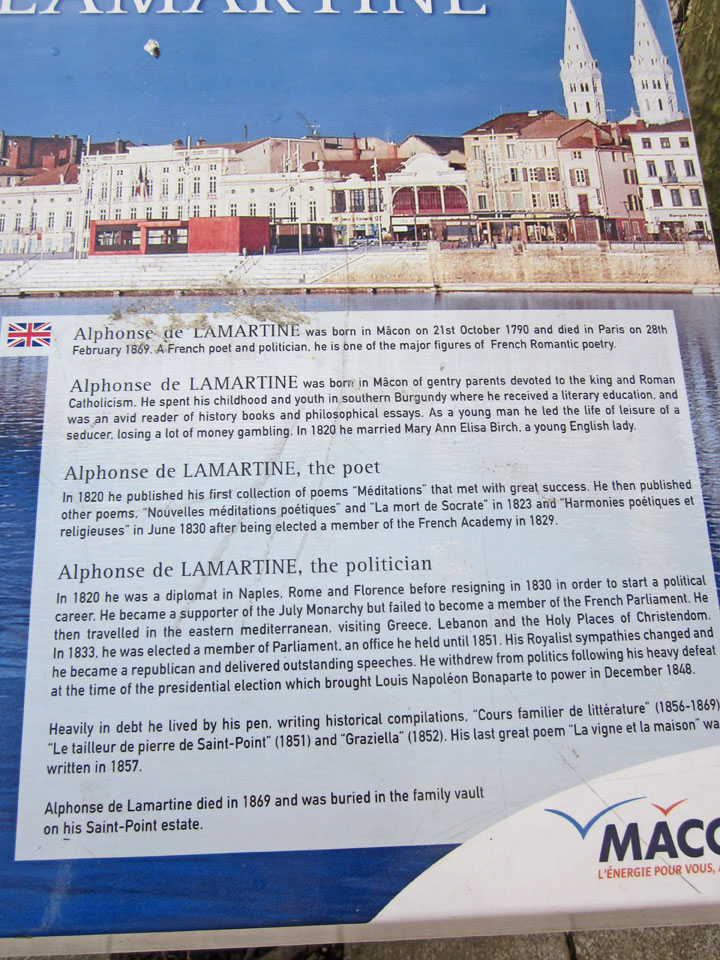
The agglomeration of Mâcon originates from the establishment of an oppidum and
of a river port by the Celts from the Aedui, probably at the beginning of the
first century BC. Known then under the name of Matisco, the town developed
significantly during the age of the Roman Empire. During the 4th century, the
town was fortified.
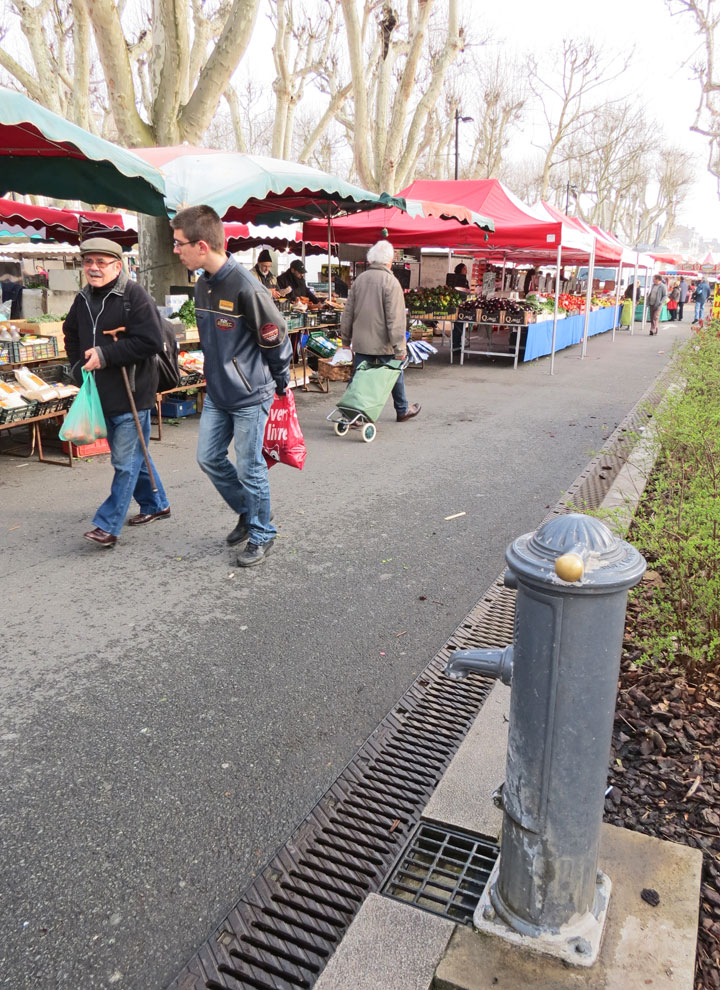
along the esplanade
During the Middle Ages, Mâcon was the administrative center of a county belonging to the Duchy of Burgundy, situated at the extremity of the bridge over the Saône leading to the Bresse territory belonging to the Duchy of Savoy. The town was controlling access to present-day Lamartinien Valley (Val Lamartinien), where the southern end of the Côte de Bourgogne joins the first foothills of the Beaujolais hills, opening the way to the rich plains of the Loire.
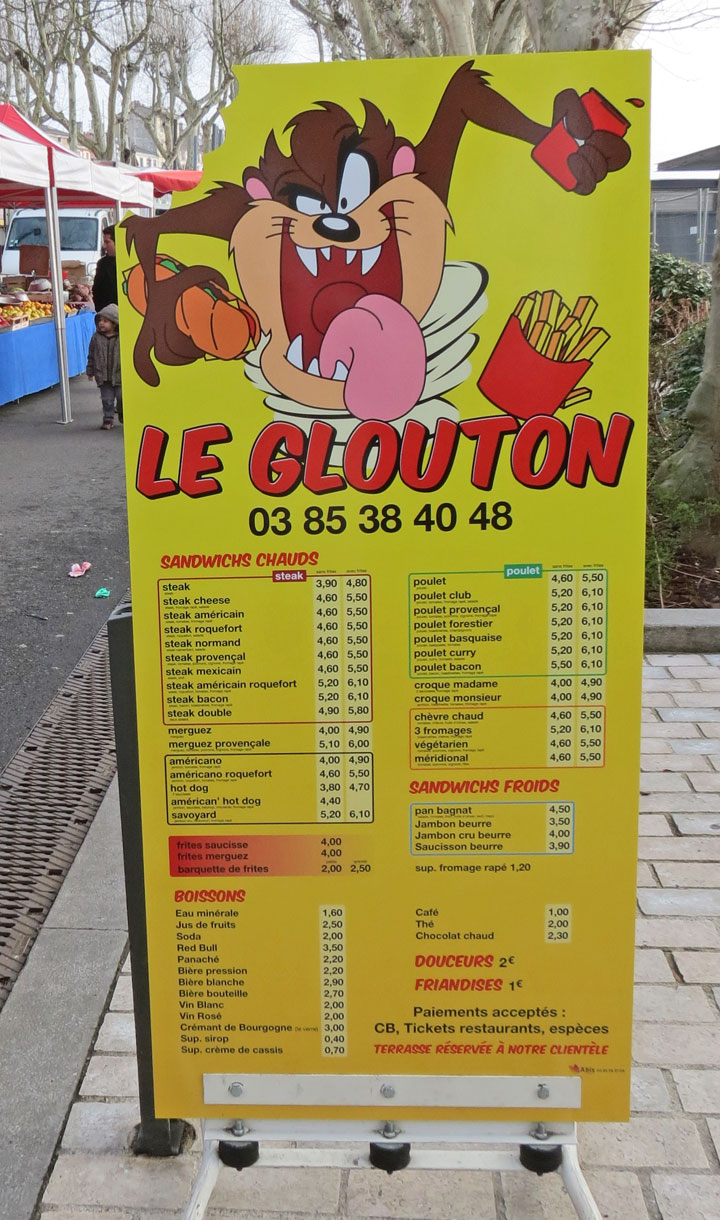
food and drink
On 3 June 1564, Charles IX from Chalon, stopped in the town during his Royal Tour of France (1564–1566), accompanied by the Court and the nobles of his kingdom, including his brother the Duke of Anjou, Henry of Navarre, the cardinals of Bourbon and Lorraine.[3] The town is strategically built: it was a possible entrance into the kingdom for the Swiss or German mercenaries during the French Wars of Religion. He was welcomed by the Queen Jeanne III of Navarre, nicknamed the “Queen of Protestants”, and 1,500 Huguenots.
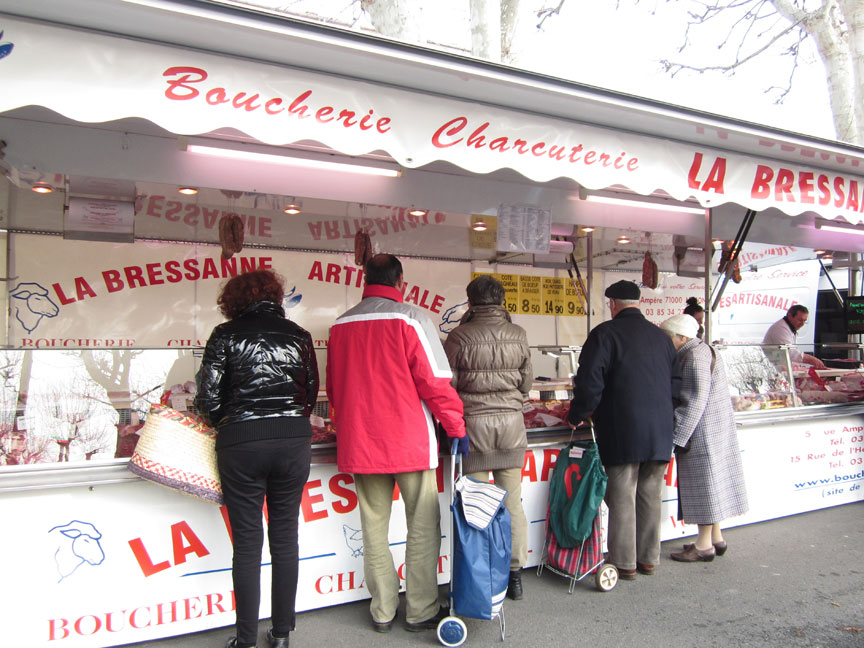
buying for lunch

bringing it home
On 21 October 1790, the matriarch of a prominent local family gave birth to a son who remains highly visible in his hometown, the Romantic poet and historian Alphonse de Lamartine.
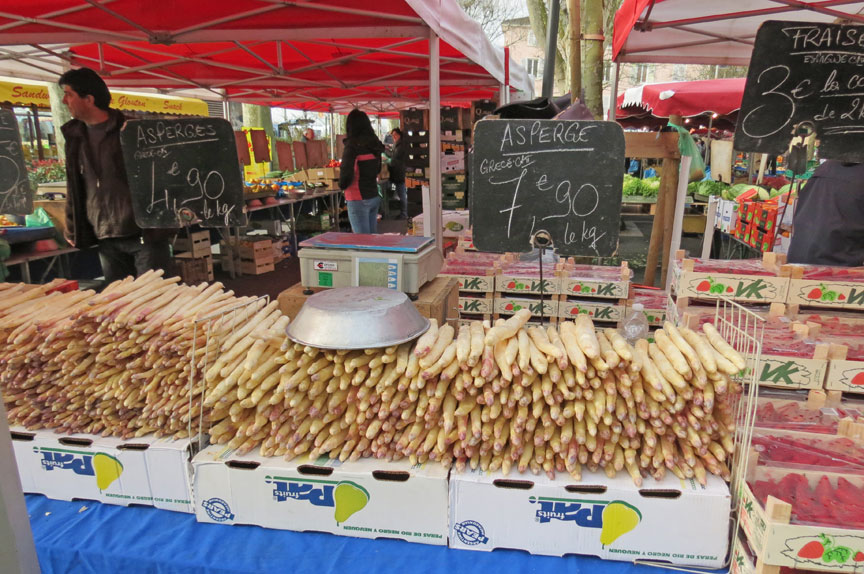
Asperge in season
In 1790, the Revolutionary government designated Mâcon as the capital
(chef-lieu) of Saône-et-Loire, a newly-created département within the radical
restructuring of national administration.

Macon Carousel
In 1814, the town was invaded by Austrian troops and then liberated twice by
French troops before being permanently occupied until the fall of the Empire.
After Napoléon’s return and the subsequent Hundred Days, Mâcon and the Mâconnais
were again captured by the Austrians.
Second World War
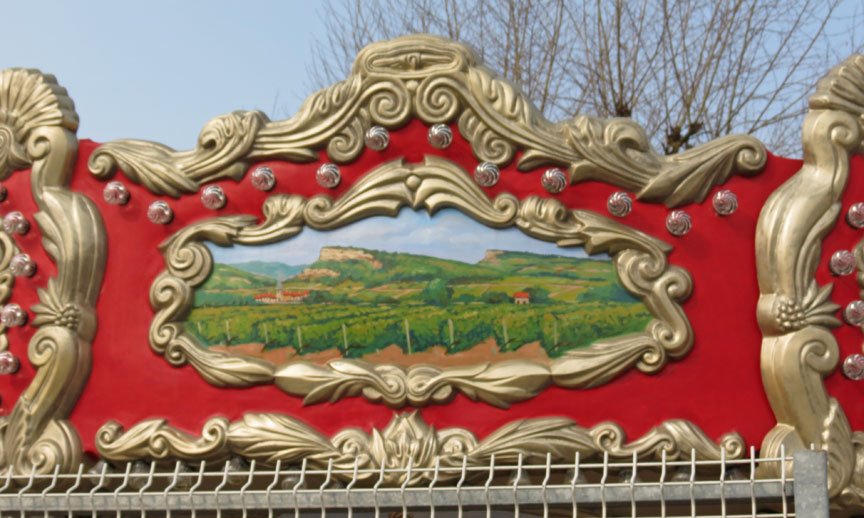
with local scenes on the panels
During World War II, Mâcon was the first town in the unoccupied zone libre between Paris and Lyon. The town was liberated on 4 September by the troops who had landed in Provence.
Text from Wikipedia
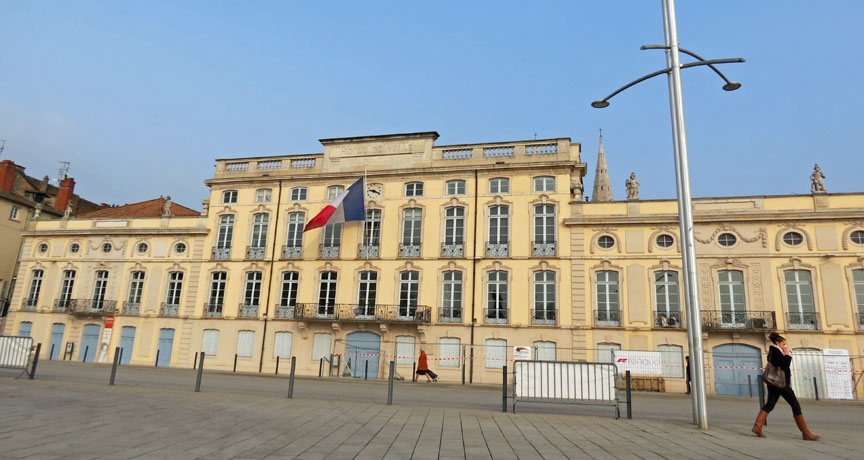
city hall
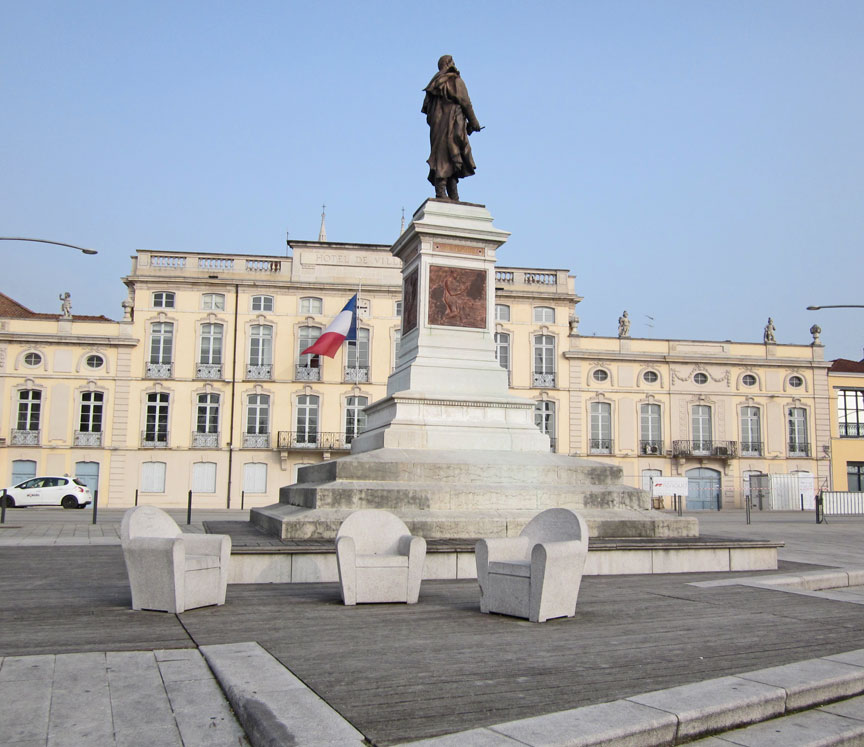
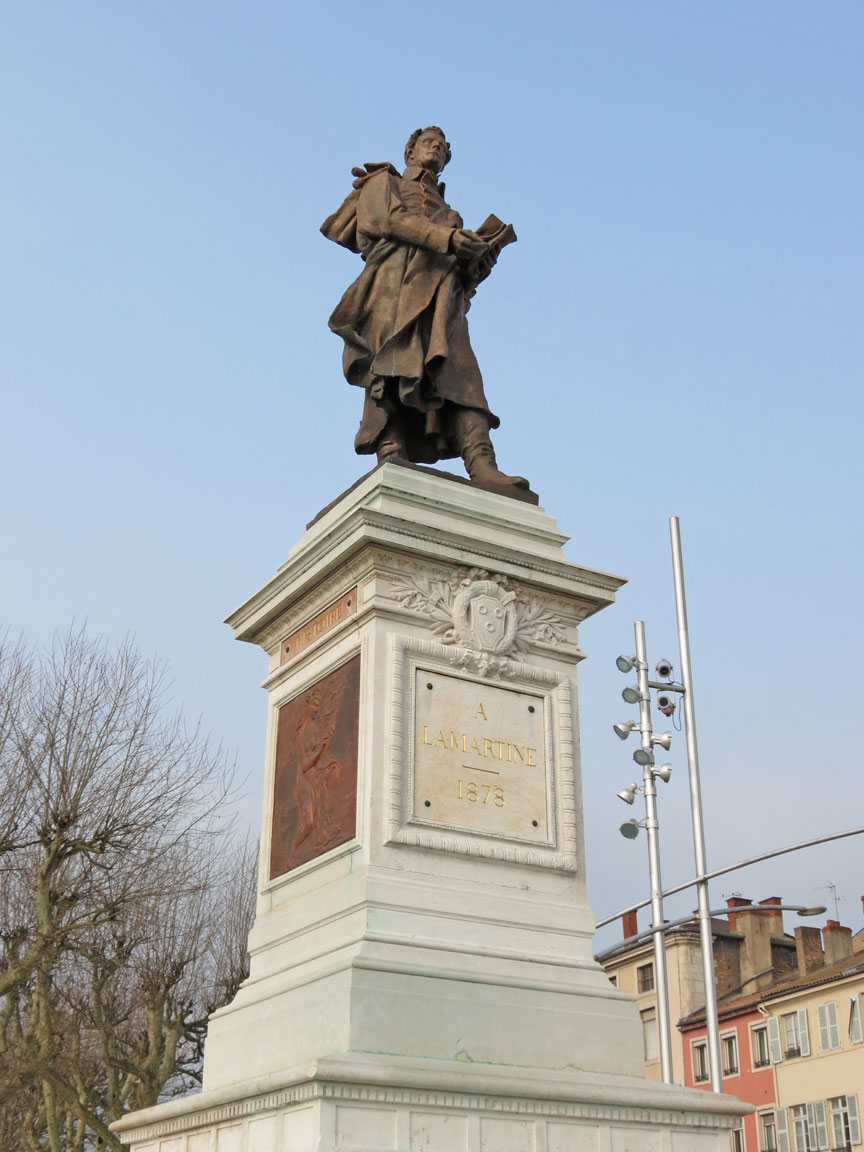
A Lamartine

